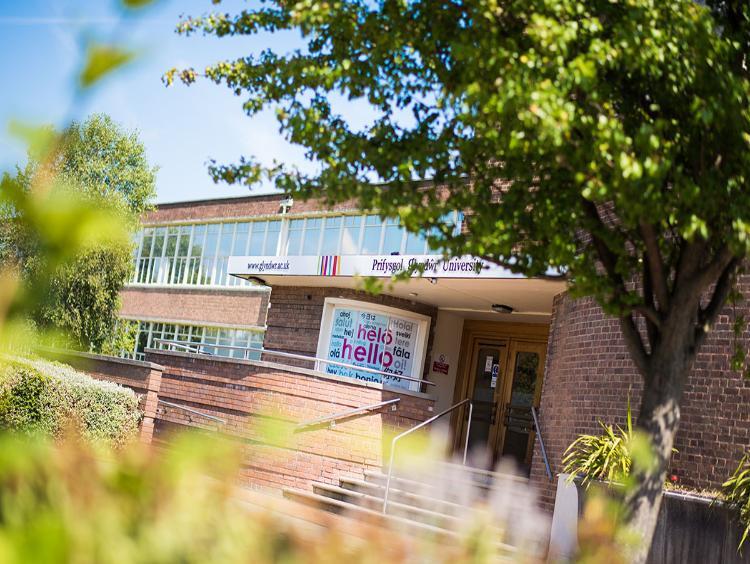Studying a Placement year
The industrial/industry placement year provides a valuable opportunity for students to familiarise themselves with an employment setting, increasing employability and providing students with a more diverse range of skills and experiences.
We want our students to gain the experience of what it is like to be immersed in an exciting and stimulating workplace, which will allow them to apply the skills acquired from their studies so far and to become familiar with the day-to-day functions of that setting. Employability skills are at the heart of our courses including team working, project management, communication, and creative thinking.
The industrial/industry placement module is worth 120 academic credits and contains three elements of assessment that students must pass in order to successfully complete the module.
How industrial/industry placement courses work at Wrexham University
During Level 5 (year 2) of the programme, you will attend tutorial sessions about the placement year, including the process of finding a suitable placement, the expectations of your placement year and guidance on producing your proposal. In semester 2, you’ll work with a placement coordinator to submit your proposal, which will then be considered and reviewed. If you’re successful during this process, you’ll go on to do your industrial placement during your third year and them come back to us for Level 6 (year 4 in total).
Finding a placement
Students are expected to find and secure a suitable placement opportunity. This could be done independently or in collaboration with a member of staff at the University or via the University Careers Centre.
A placement proposal is to be produced by the student at the outset and details who the placement provider is to be, the key aims and objectives of the placement, working arrangements, a contact at the provider and health and safety-related documentation. The University must approve proposals submitted by students before the placement can commence.
Details about how the placement process will work will be sent out to you when we send you an offer for our courses that include an industrial placement.
On the placement
The placement will normally take place during the academic year (October to May), as if over the two normal University semesters. As such, its duration should normally be in the region of 24 weeks, no less than 20 weeks, and no more than 40 weeks.
All students are expected to attend placement according to the normal full-time working hours of the setting. Any exceptions to this will have been agreed with the University and communicated to the placement provider prior to the start of the placement.
Each student is to be assigned a mentor in the setting to support them whilst on placement. Ideally, this person would be a member of staff with whom the student is likely to have daily contact. A placement supervisor from the University will visit the student and mentor at the setting (usually once during the placement), and maintain contact and be there to support each student.
Placement assessment
Students will be assessed as part of the module. The assessment is made up of three components. Each component is graded pass or fail only, and each component must be passed to successfully complete the module. The assessment components are:
- Placement specification produced by the student, and this must be approved and agreed by both the module leader or placement supervisor and the placement host. This will detail the aims and plan for the placement.
- Progress report produced by the student before the end of the first semester (approximately halfway through the placement), and will document their work done so far and an updated placement plan.
- A learning log, which will be a diarised record of the student’s activities and experience during the placement. This will also include comments and feedback from their mentor at the placement provider organisation. Students are expected to produce one entry every 3 to 4 weeks during placement. This will be assessed at the conclusion of the placement.


